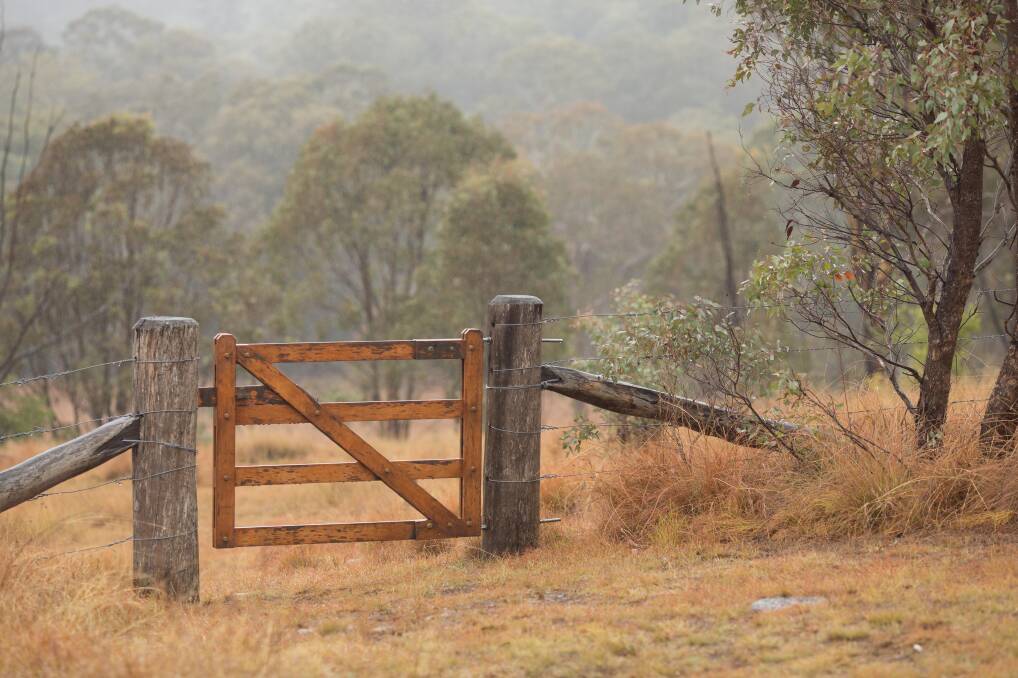
Coonabarabran recorded maximum temperatures of only seven degrees June 9 and 10 - its coldest pair of June days in 142 years of records.
Subscribe now for unlimited access.
$0/
(min cost $0)
or signup to continue reading
The previous coldest pair of June days in Coonabarabran was in 1959 and 1949. There were two colder successive days in July - both in the third week of July 1949, 1951 and early July 1984.
Moree recorded a maximum of only 9.5 on June 10 and this was the coldest June day since the 9.5 recorded in 1959 and before that in 1949.
Walgett recorded 9.1 degrees on Thursday, June 10, and this was its coldest June day since 8.3 was recorded on June 23, 1896. Dubbo recorded maxima of 7.8 and 8.2 on the two days. This was the coldest pair of June days in 100 years of records, the previous coldest pair being in 1936.
Overcast days, with periods of rain, kept maxima well below the June normal at these towns. Coonabarabran received 66mm, Dubbo 47mm and Moree 36mm. In North East Victoria, rainfalls during the past week at locations were 30 to 40mm, the wettest day being June 10, when daily maxima were around 9 degrees.
Sydney had a maximum of only 10.3 on Thursday, June 10, and this was the coldest day for early June since 9.7 recorded on June 13, 1899. In recent years, there was a low reading of 10.4 on June 21, 1995. By remarkable contrast, towns located along the east coast of Tasmania had maximum temperatures of 15 degrees on Thursday, June 10. Swansea reported nearly 20 degrees, which was almost the warmest June day on record.
Very strong winds and heavy rain damaged property in the far Eastern Suburbs of Melbourne, West Gippsland and North Central Victoria. A record daily June fall of 215mm was recorded at Balook and a record 170mm at Koomalla, near Traralgon, led to the worst flooding since 1952.
Wind gusts reached 124kph at Hogan Island, 115kph at Wilsons Promontory and 104kph at Kilmore Gap, which was the strongest wind gust there for June since 111 kph in 2007. The City of Melbourne has had only 36 hours of sunshine for the first half of June and this was the most sunless first half of any June since 1952.
An active cut-off low pressure, moving erratically, was responsible for the exceptionally bizarre weather conditions. Bizarre weather conditions during the month of June occurred previously in 2007 (there were five east coast lows in June 2007), in 1995, 1959, 1949 and to some extent in 1899. After these five episodes, there were many colder than normal days up to the end of July, with more heavy rains in the Albury-Wodonga region. August was then notably warmer and drier than average, with daily maxima reaching 24 late in August and this continued into early September. Heavy rain and thunderstorms arrived in late September and from then on until the rest of the year, conditions were often very unsettled with a high frequency of thunderstorms.

